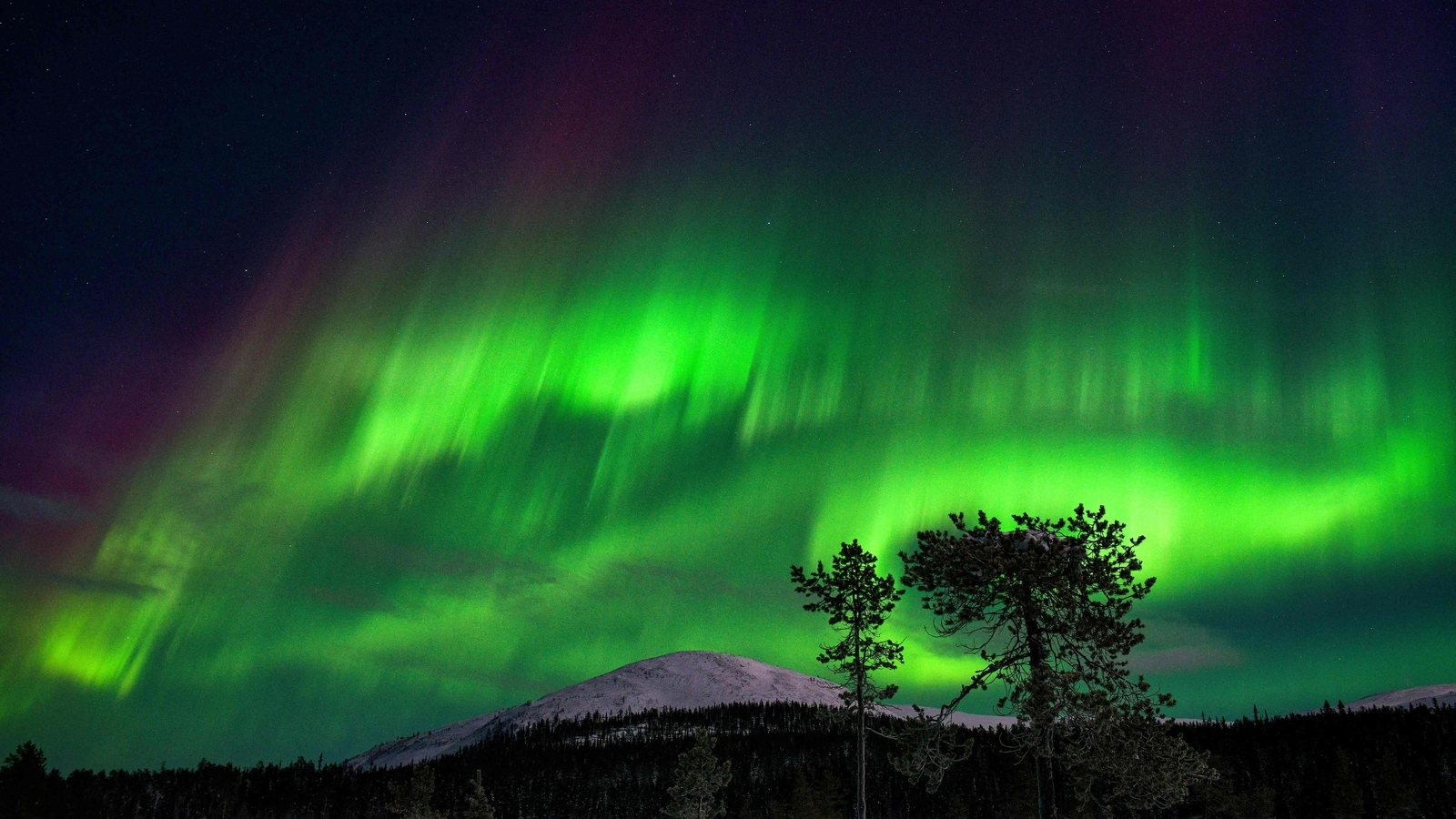Solar storm disrupts US radio communications; more auroras expected
Recent solar eruptions triggered disruptions, including radio blackouts in North America. More disturbances loom as the Sun's activity intensifies.

In a recent surge of solar activity, the Sun's eruptions have triggered a number of sloar storms, with further incidents projected to happen too. On August 7th, an intense X-class solar flare initiated radio blackouts across North America. Simultaneously, forecasts indicated a "cannibal" coronal mass ejection (CME), which had erupted on August 5th, might brush Earth's atmosphere with its edges, potentially causing a delayed solar storm. However, recent observations suggest it might have entirely missed our planet.
Solar activity escalates with predicted peak in 2025
Anticipate a rise in such solar behaviour over the next months as the Sun advances toward the climax of its 11-year activity cycle, set to peak around July 2025, according to a Science alert report.
The Sun's consistent bursts of activity have been ongoing for over 18 months, but they are heightening. Both June and July displayed X-class flares, the most potent classification for solar flares. Additionally, nearly every day in July saw an M-class flare, the second-most intense.
Even before mid-August, two X-class flares and daily M-class flares have been observed. On August 5th, apart from an X1.63 flare, two M-class flares and 9 less impactful C-class flares were detected. The X1.5-class flare that induced the August 7th radio blackouts emerged from a sunspot region near the solar disk's edge.
Anticipating Aurora Spectacles
Despite originating at the edge, the flare's force triggered a radio blackout that extended to North America and the Pacific Ocean. Similarly, the August 5th flare, also from the disk's edge, produced coronal mass ejections—expulsions of billions of tons of material into the Solar System. This specific event, dubbed a "cannibal" CME, involves two consecutive eruptions where the second, faster one engulfs the first, leading to a more potent surge of plasma and magnetic fields throughout the Solar System.
Though this edge-based eruption's impact on Earth is projected to be glancing, even such a blow from a cannibal CME could induce a substantial geomagnetic storm—a transient disturbance to the planet's magnetic field due to the exchange of energy with incoming solar material.
Earth's magnetic field generally shields it from the full impact, minimising day-to-day effects. However, nighttime may offer a spectacle: the interaction of particles with the atmosphere could create dazzling auroras across northern regions like Alaska, Canada, and the northernmost parts of the US.
Observing space weather forecasts becomes crucial. With the Sun's ongoing erratic behaviour, captivating nocturnal displays might become a frequent occurrence in the near future.
Catch all the Latest Tech News, Mobile News, Laptop News, Gaming news, Wearables News , How To News, also keep up with us on Whatsapp channel,Twitter, Facebook, Google News, and Instagram. For our latest videos, subscribe to our YouTube channel.































